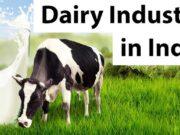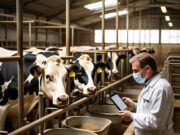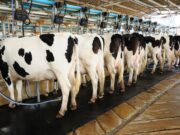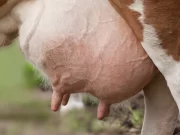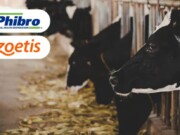
Dairy cow ketosis poses a significant challenge for high-producing dairy cows, particularly in early lactation. This metabolic disorder stems from a negative energy balance, leading to low glucose supply and excessive fat mobilization, resulting in elevated ketone levels in the blood. Addressing this issue effectively is paramount for maintaining cow health and productivity. In this editorial, we delve into the comparative effectiveness of glucose precursors glycerol and propylene glycol in managing dairy cow ketosis within the Indian context.
- Gluconeogenesis and Energy Balance
Glycerol emerges as a promising candidate due to its potential to bypass the rumen, offering a simpler pathway for glucose synthesis compared to propylene glycol. Efficient utilization of bypass glycerol by the liver ensures a steady glucose supply, facilitating quick recovery from ketosis. Conversely, propylene glycol may exhibit less efficacy owing to its inefficient conversion process. Thus, prioritizing glycerol as a glucose precursor can aid in restoring energy balance efficiently

- Rumen Health: pH and Fermentation
The impact on rumen health cannot be understated in the context of managing ketosis. Propylene glycol has been noted to decrease rumen pH and dry matter intake, potentially leading to rumen acidosis if not carefully managed. In contrast, bypass glycerol bypasses digestion by rumen microbes, preserving a healthier rumen environment and optimal fermentation. Maintaining balanced rumen pH is pivotal for nutrient digestion, absorption, and overall cow health, underscoring the significance of selecting appropriate glucose precursors.
- Milk Production and Somatic Cell Count
Enhanced milk production and reduced somatic cell counts are pivotal markers of cow health and productivity. Bypass glycerol demonstrates a positive association with augmented milk production and decreased somatic cell counts, indicative of improved udder health. This can be attributed to the efficient energy utilization facilitated by bypass glycerol, fostering overall health and immune function. Moreover, the lower somatic cell count suggests a reduced incidence of mastitis, translating to higher-quality milk and enhanced profitability for dairy farms.
- Conclusion
In conclusion, the utilization of bypass glycerol emerges as a more advantageous option for managing dairy cow ketosis compared to propylene glycol. Its ability to support gluconeogenesis, maintain rumen health, and enhance milk production and udder health underscores its significance in optimizing cow productivity and welfare. By incorporating bypass glycerol effectively into nutritional strategies, dairy farmers and nutritionists can mitigate the challenges posed by negative energy balance, ultimately fostering healthier and more productive dairy herds.
In navigating the complexities of dairy cow management, prioritizing effective nutritional interventions like bypass glycerol is essential for ensuring the well-being and performance of dairy herds across India.
